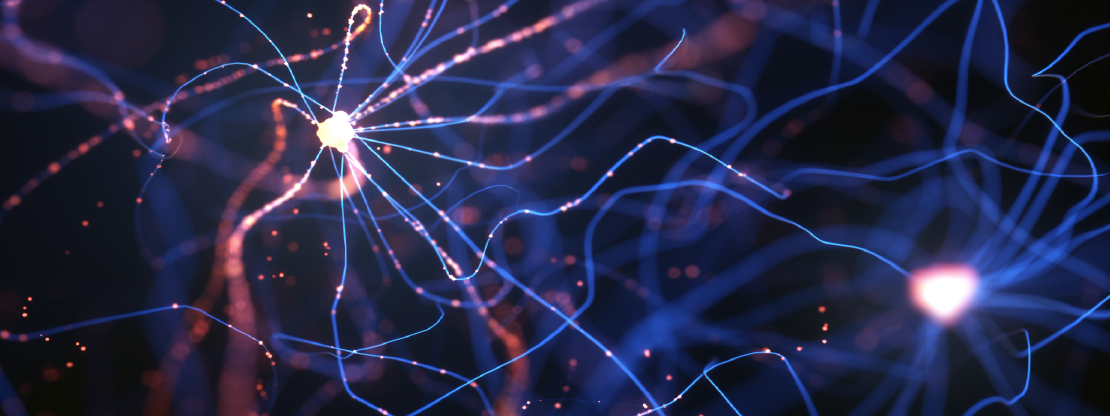When and where does Parkinson’s start?
September 27, 2020

Hundreds of scientists, physicians and people with Parkinson’s explore the origins of Parkinson’s disease during three-day virtual symposium and meeting
Last week, more than 700 people from around the world joined together for our Grand Challenges in Parkinson’s Disease scientific symposium and Rallying to the Challenge meeting for people with Parkinson’s, co-hosted with The Cure Parkinson’s Trust. For the first time, both events were virtual, enabling participants to safely attend from home while maintaining the collaborative environment for which these events have become known.
Together, participants were all focused on answering one question: When and where does Parkinson’s start?
Here’s an overview.
When does Parkinson’s start?
Parkinson’s disease likely begins years or even decades before the onset of its hallmark movement-related symptoms. During these early years, called the prodromal phase of the disease, people may experience one or a combination of non-motor symptoms such as loss of sense of smell, constipation and sleep disturbances. Many of these early symptoms are innocuous and can have a host of other, more benign causes.
By understanding these early symptoms, scientists hope to develop new ways to recognize the disease years before currently possible. They’re hard at work developing new treatments to slow or stop disease progression, which isn’t possible with current therapies.
Scientists also are searching for potential triggers of Parkinson’s, such as viruses or environmental factors, that could kick-start the entire disease process.
If the disease can be caught early and if new ways to interfere with its progression can be developed, that could mean more healthy years with fewer symptoms — and improved quality of life.
Where does Parkinson’s start?
For more than two centuries since it was first described, Parkinson’s was largely considered to be a brain disorder. But now, thanks to research, we know that this is only part of the story.
Growing evidence suggests that Parkinson’s may have roots in many areas and systems, such as the gut and the olfactory bulb of the brain, and involve complex interactions between metabolism and the immune system (particularly inflammation), as well as genetic risk and the brain’s own circuitry. In many ways, the factors that lead to Parkinson’s are like grains of sand on a scale: They build and build until finally, the scale tips.
Understanding where Parkinson’s begins also provides opportunities for scientists to find biomarkers, or biological clues that indicate Parkinson’s or a related process. For example, if we can find a specific marker, such as an abnormal protein, that only occurs in people with Parkinson’s, we may be able to translate that discovery into an objective new test.
Jay Van Andel Award for Outstanding Achievement in Parkinson’s Research honorees
Daniela Berg, M.D. — Christian-Albrechts-University in Kiel, Germany
Ron Postuma, M.D., M.Sc. — McGill University in Montreal, Canada
Tom Isaacs Award
Caroline Tanner, M.D., Ph.D. — University of California, San Francisco
Read the announcement
Interested in learning more?
Check out our interviews with Dr. Daniela Berg and Dr. Ron Postuma, this year’s Jay Van Andel Award for Outstanding Achievement in Parkinson’s Research honorees:

